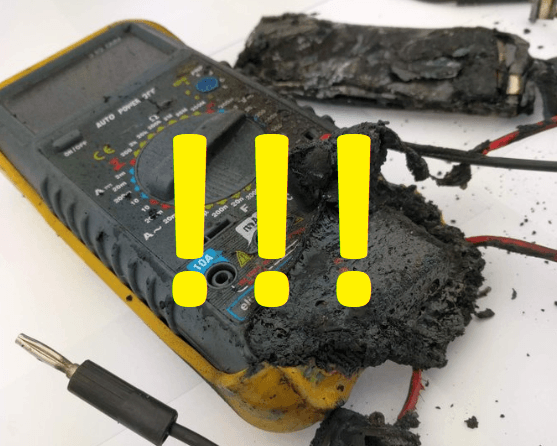Error Analysis: A Case for Voltage Regulator Circuits
November 03, 2020
on
on
Have you ever spent hours on an electronics project only to have it all go “poof” due to a simple mistake? Scott Coppersmith — a Senior Research Engineer at the University of Notre Dame in South Bend, Indiana — has been there. He recently shared his experience and offered a tip.

Tell us about your electronics-relate errors and learnings. We are interested. Fill out our "Error Analysis" form and share your experience with us. Professional engineers, makers, and students are welcome to contribute!
Burnouts Happen
“I designed a lighting solution for my boat once by stringing LEDs inside clear tubing. I calculated the voltage at 13VDC based on measurements while the boat motor was operating. Then I made the mistake of starting the engine without the battery connected and every LED burned out in unison when the alternator output jumped to 21 VDC. Hours and hours of work — poof. Automotive and marine power systems can vary wildly from 8 volts to 18 volts or more depending on charge state and load on the battery. It’s best to have your own voltage regulator circuits for these applications.” — Scott Coppersmith
More on Voltage Regulator Circuits, Power Supplies, and LEDs
Looking for additional info about power systems, LEDs, and voltage regulators? Check out these useful resources:- Read about voltage regulators
- Read about power supplies
- C. Valens, "How to Calculate an ‘LED Resistor’," ElektorMagazine.com, August 2019.
- M. Heine, "LED Booster for Microcontrollers," ElektorMagazine.com, 2020.
- C. Valens, "Do You Know the Linear LED Driver?," ElektorMagazine.com, February 2020.
Tell us about your electronics-relate errors and learnings. We are interested. Fill out our "Error Analysis" form and share your experience with us. Professional engineers, makers, and students are welcome to contribute!
Read full article
Hide full article


Discussion (0 comments)